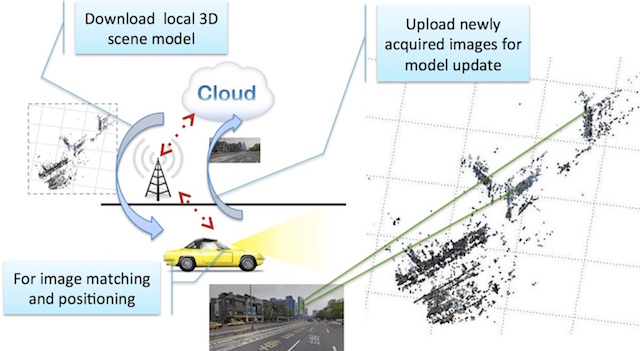|
The internet has become an indispensable part of our lives, enabling global communication, information sharing, and economic growth. However, behind the seamless experience of browsing websites and streaming videos lies a complex web of interconnected infrastructure that makes it all possible. In this article, we will explore the evolution of internet infrastructure and the crucial role it plays in shaping our digital world. At its core, the internet is a network of networks, interconnecting millions of devices worldwide. The foundation of this vast network is built upon a hierarchical system of interconnected routers, switches, and fiber optic cables. These physical components form the backbone of the internet, enabling data to travel across vast distances at lightning-fast speeds. Over the years, internet infrastructure has undergone significant advancements to meet the ever-growing demands of users. In the early days, dial-up connections were prevalent, utilizing telephone lines to establish a connection between a user's device and an Internet Service Provider (ISP). However, as technology progressed, broadband connections became the norm, offering faster speeds and always-on connectivity. One of the significant developments in internet infrastructure has been the proliferation of data centers. These massive facilities house thousands of servers that store and transmit data to users around the globe. Data centers are strategically located to minimize latency and ensure quick access to information. They play a critical role in supporting cloud computing, streaming services, and online platforms that require massive storage and processing capabilities. Furthermore, the introduction of undersea cables has revolutionized international connectivity. These fiber-optic cables span thousands of miles across oceans, connecting continents and facilitating the flow of data between regions. With the increasing demand for bandwidth-intensive applications, such as video conferencing and content streaming, undersea cables have become vital in ensuring fast and reliable global communication. Another key aspect of internet infrastructure is the Domain Name System (DNS), which translates human-readable domain names into IP addresses that computers can understand. DNS servers are distributed worldwide, forming a decentralized system that allows users to access websites and services by simply typing in a familiar domain name. This hierarchical system ensures efficient routing and reliable access to online resources. Moreover, the rise of Internet of Things (IoT) devices has placed additional strain on internet infrastructure. With billions of interconnected devices, from smart home appliances to industrial sensors, the demand for bandwidth and low-latency connections has surged. This has prompted the development of edge computing, where data processing is brought closer to the source, reducing latency and network congestion. Looking ahead, the future of internet infrastructure holds even more exciting possibilities. The deployment of 5G networks promises ultra-fast wireless connectivity, enabling new applications like autonomous vehicles and augmented reality. Additionally, advancements in satellite technology, such as SpaceX's Starlink, aim to bring internet access to remote areas of the world, bridging the digital divide. In conclusion, internet infrastructure forms the backbone of our increasingly connected world. From the physical components like routers and fiber optic cables to the sophisticated systems like data centers and DNS, every aspect plays a crucial role in delivering the seamless online experience we enjoy today. As technology continues to evolve, so too will internet infrastructure, paving the way for new innovations and transforming the way we live, work, and communicate.  |
